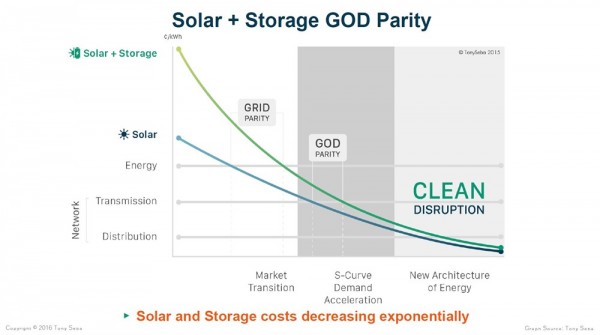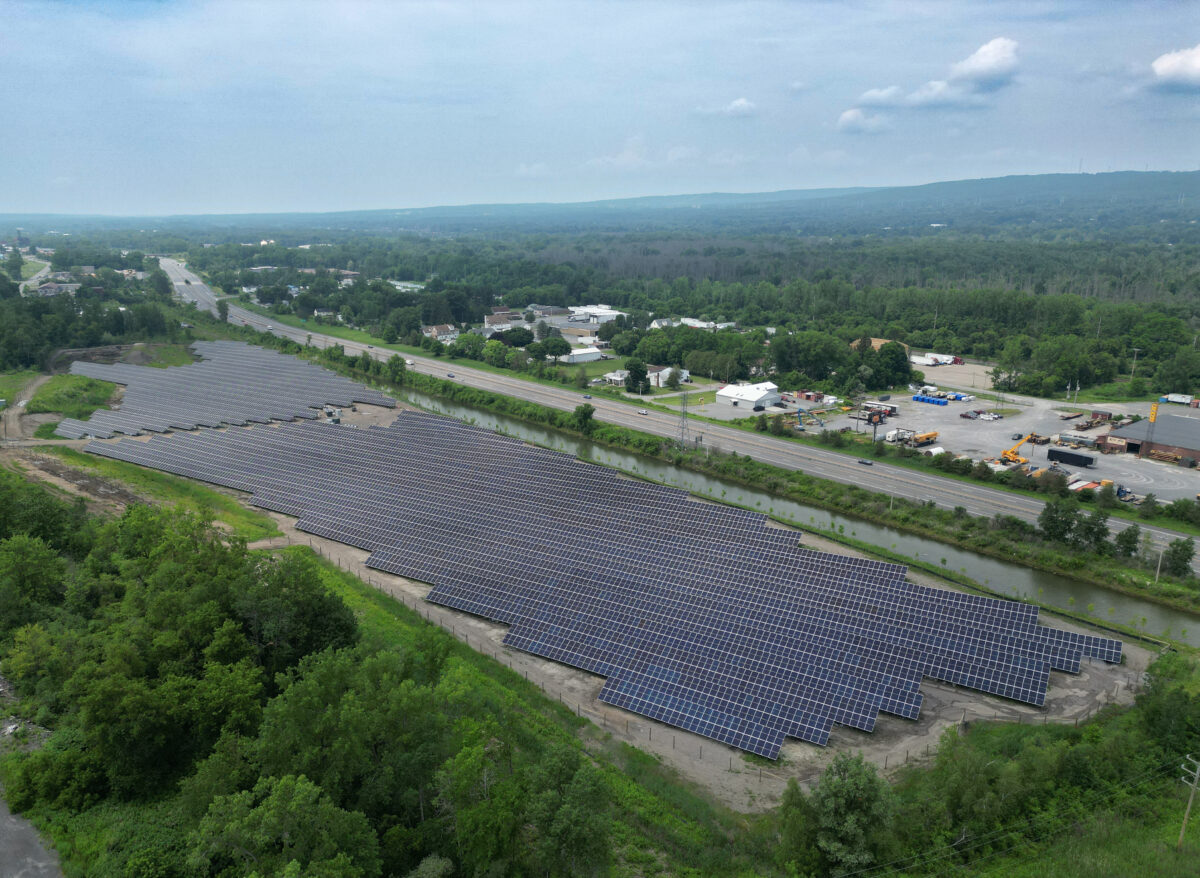New Business Models Emerge with Microgrids
February 26, 2018Solar + energy storage + controls is a game changer.
For years, we have discussed the growing boom in renewable energy. Much of the focus has been on when renewables cross price parity with conventional energy. Those type of analyses, however, mostly focus on cost and fuel switching. However, those type of analyses mostly focus on cost and fuel switching. The overall business model remains the same—economics switch from generation utilities to new, private asset owners—but it’s the same historic model of being paid (or reducing costs) through generating electricity.
Enter storage. At first blush, storage solves some of the problems of solar & wind generation. It can smooth variability as sun and wind come and go. It can time and extend dispatch to match demand better than just what the environment.
At a deeper level, adding not just storage but intelligent controls, opens whole new business models. By putting intelligent, controlled generation at the point of demand, the system is no longer just a somewhat random power generator, it’s a privately owned mini-utility. And, if you can aggregate a bunch of sites, it becomes a local virtual utility.
On an economic basis, power is no longer a commodity. It’s now equal to the marginal value of production or risk at the point of consumption. Commercial developers now can provide resiliency services in addition to lower cost, renewable power. Envision the following scenarios:
- Factories that have work in process lost if the power goes out;
- Data centers that fail with power fluctuations and outages;
- Nursing homes—like those in Florida after hurricane Irma—where people die;
- Police, fire and other emergency services that are vitally needed during disasters being able to operate continuously.
Backup generators are a common solution to provide resiliency. Unlike solar PV in particular, it’s hard for them to make money; they are just costs, and noisy, only somewhat reliable ones at that. They can be paired with renewables to provide redundancy, particularly during storms, but also with renewables, there’s one less risk, no fuel or aged fuel in the tank.
The other major disruption is unlocking the additional economics of avoiding transmission costs. It’s not just generation; moving power long distances costs a lot of money, whether for conventional energy or even renewables. The large solar farm in the desert might be at a low cost per kilowatt-hour but moving the power across the state of Texas becomes increasingly complicated, as shown in this recent University of Texas study.

As our advisor, Tony Seba, recently outlined in a talk, having the cost of local renewable generation cross not just the cost of conventional generation but also the cost of transmission enters a new realm: “GOD Parity” or the price of “generation on demand.” Now, areas where the cost of new infrastructure prevented new construction or expanding operations become feasible.
Suddenly, we’re no longer talking about the price of power but the value of economic development. Renewable energy developers who can provide sufficient quantity and quality of generation can open up new possibilities for their customers and partners. Envision the following:
- 100s of affordable housing units on Cape Cod, where infrastructure upgrades are complex and expensive;
- Factory expansion creating new jobs in an industrial park where the current power lines have become saturated;
- Restored housing and more jobs on islands where the costs of importing fuel have constrained growth.
Add in Grid Services. And, in yet another fundamental way things change, the utility customer can become its supplier. By adding storage and controls to local renewable generation, local utilities themselves can benefit in several ways by being supported by their customers. These include:
- Capacity and transmission charge reduction by integrating local generation;
- Peak power cost reduction; and
- Load balancing on the distribution grid.
New technologies bring new business models. We’re not sure exactly how it will play out, but we should start changing the discussion from how an existing pie gets reallocated to how the new, bigger one can grow.

